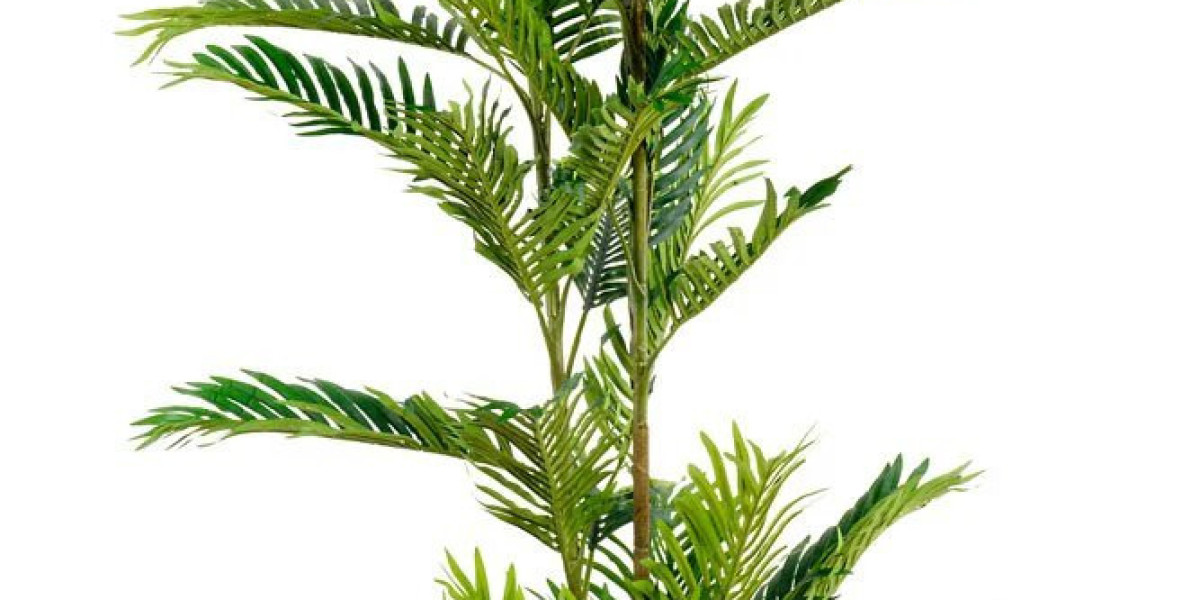In a world where environmental concerns are growing, conserving water has become a crucial aspect of sustainable living. One way we can contribute to this effort is through mindful gardening—by choosing plants that not only beautify our surroundings but also thrive with minimal water. Low-water or drought-tolerant Plants offer the perfect solution for eco-friendly landscaping, providing lush greenery while saving a vital resource. Let’s explore how these resilient plants can transform your garden into a sustainable oasis, even in the driest climates.
The Importance of Water Conservation
Water scarcity is a pressing issue in many regions across the globe. Urban expansion, climate change, and overuse of water resources are putting significant pressure on freshwater supplies. Traditional gardening practices often demand excessive irrigation, which exacerbates the problem. By choosing plants that require little to no water, we can make a positive impact on the environment while still enjoying beautiful outdoor spaces.
What Are Low-Water Plants?
Low-water plants, also known as drought-tolerant or xerophytic plants, are species that have adapted to survive in arid or semi-arid conditions. These plants have evolved unique features such as deep root systems, waxy leaves, or the ability to store water, enabling them to thrive in regions with little rainfall. While they are often associated with desert landscapes, many of these plants can be integrated into a wide variety of garden styles, from modern to traditional.
Benefits of Low-Water Plants
Water Savings: The most obvious benefit is the reduction in water usage. By using drought-tolerant plants, you can significantly cut down on the amount of water needed for your garden, helping to conserve local water supplies.
Low Maintenance: Once established, many low-water plants require minimal care. They don’t need frequent watering, which means less time spent on garden maintenance, and they are often resistant to pests and diseases.
Resilience: These plants are tough. They can withstand harsh weather conditions like high heat and drought, making them ideal for areas with inconsistent rainfall.
Biodiversity: Many drought-tolerant plants attract pollinators like bees, butterflies, and birds, contributing to local ecosystems and promoting biodiversity.
Cost Efficiency: With less need for watering and maintenance, you’ll save on water bills, fertilizers, and pest control, making these plants a budget-friendly option for long-term landscaping.
Popular Low-Water Plants to Consider
Whether you’re creating a small garden or redesigning a large landscape, there are plenty of attractive, drought-tolerant plants to choose from. Here are some popular options:
Succulents
Succulents like Aloe vera, Sedum, and Echeveria are excellent low-water plants. Their fleshy leaves store water, allowing them to thrive in hot, dry environments. Succulents also come in a variety of shapes, sizes, and colors, making them versatile for different garden styles.Lavender
Known for its fragrant flowers, lavender is not only beautiful but also highly drought-resistant. Its silvery-green foliage and purple blooms can add a Mediterranean feel to any garden while attracting pollinators.Agave
Agave plants are iconic in desert landscaping, known for their sculptural rosettes and hardy nature. They require very little water and thrive in both pots and the ground, adding a striking architectural element to your space.Rosemary
Rosemary is a fragrant herb that can double as a low-water shrub in the garden. It’s evergreen, produces delicate flowers, and can be harvested for culinary use, making it both practical and ornamental.Cacti
Cacti are the ultimate low-water plants, needing almost no irrigation once established. Their unique shapes and vibrant flowers make them ideal for rock gardens or containers.Sedum (Stonecrop)
This versatile plant is perfect for ground cover or in rock gardens. Sedums are hardy, need very little water, and come in a variety of colors, providing a lush, colorful option for low-maintenance gardening.Bougainvillea
Bougainvillea is a drought-tolerant, vining plant that bursts with colorful, paper-thin flowers. It’s perfect for adding a pop of color to fences, walls, or pergolas while requiring minimal watering.
Designing a Low-Water Garden
Creating a low-water garden doesn’t mean sacrificing beauty or variety. With careful planning, you can achieve a stunning, sustainable landscape. Here are some tips to get started:
Choose Native Plants
Native plants are naturally adapted to your region’s climate and soil conditions, making them ideal for low-water gardens. They often require less water, fertilizer, and care than exotic species.Group Plants by Water Needs
Arrange plants with similar water requirements together. This way, you can ensure that those needing occasional watering get it, while others that thrive in dry conditions aren’t overwatered.Mulching
Applying mulch around plants helps retain soil moisture and reduces evaporation. Mulch also suppresses weeds and keeps the soil temperature stable, creating a healthier environment for your plants.Drip Irrigation Systems
For the plants that do need occasional watering, drip irrigation is a water-efficient option. It delivers water directly to the roots, minimizing waste and evaporation.Use Hardscaping
Incorporate stones, gravel, or other non-plant elements into your garden design. Hardscaping not only reduces the amount of water needed but also creates contrast and texture, making your garden visually appealing.
A Greener Future Starts with Water-Wise Choices
Switching to drought-tolerant plants is a simple yet impactful way to contribute to a greener, more sustainable future. Not only do these plants reduce the strain on local water resources, but they also create resilient, low-maintenance landscapes that can withstand the challenges of climate change. Whether you're designing a new garden or looking to refresh an existing one, consider incorporating these hardy, beautiful plants to enjoy the benefits of a thriving, water-wise garden for years to come.
By making small changes in our gardening habits today, we can cultivate a future where green spaces flourish—without the need to drain our water resources.








